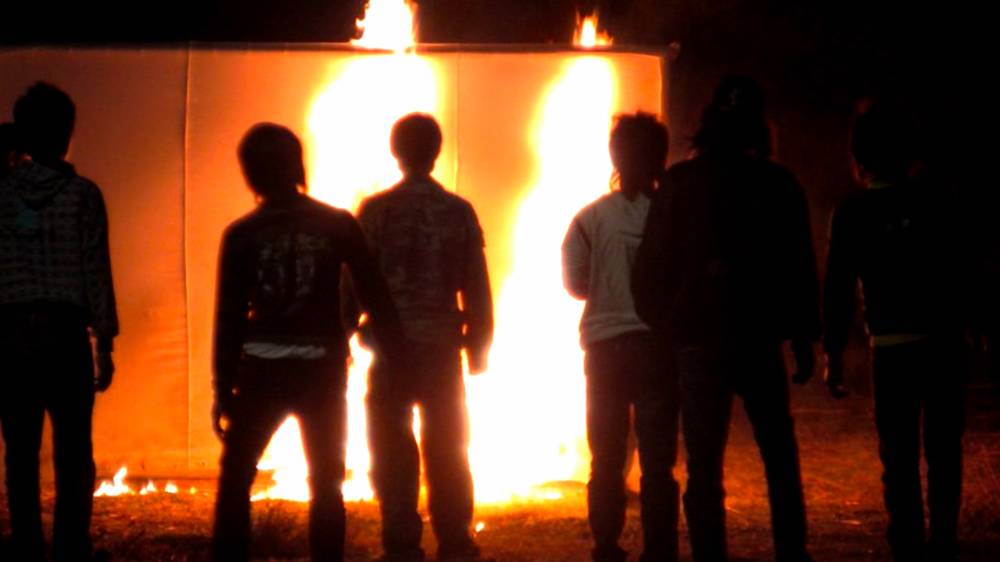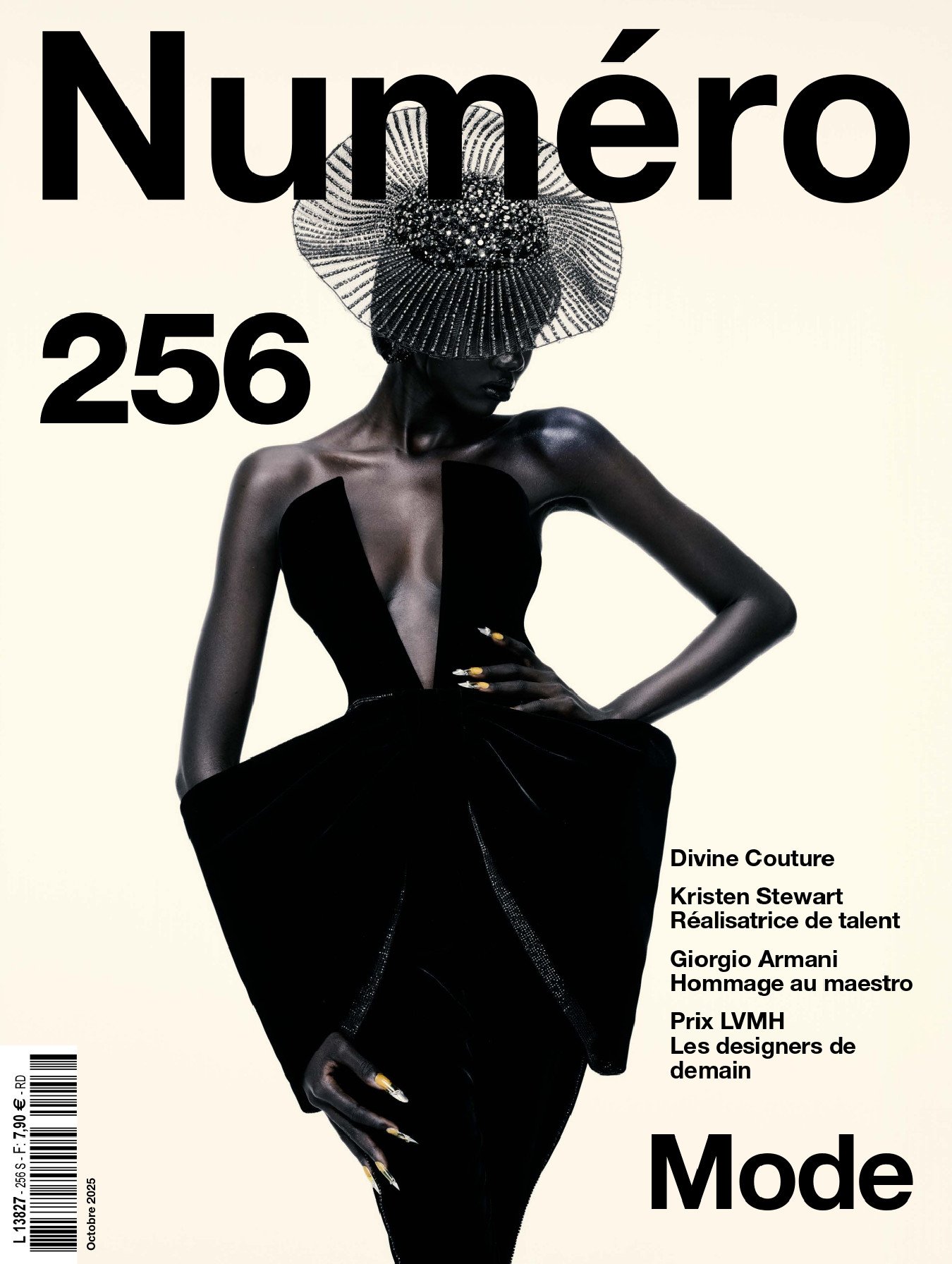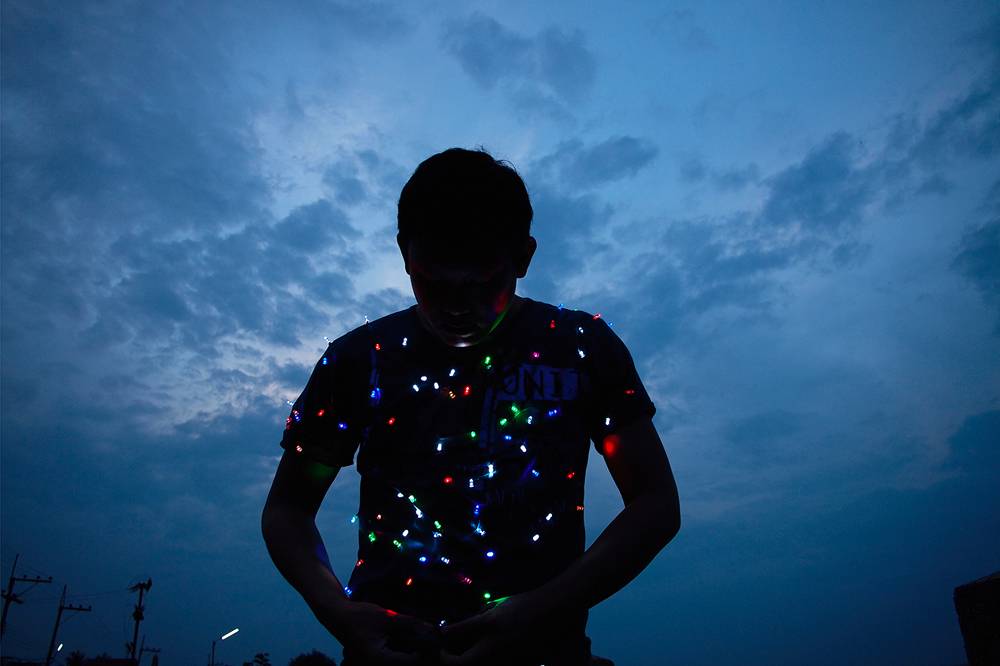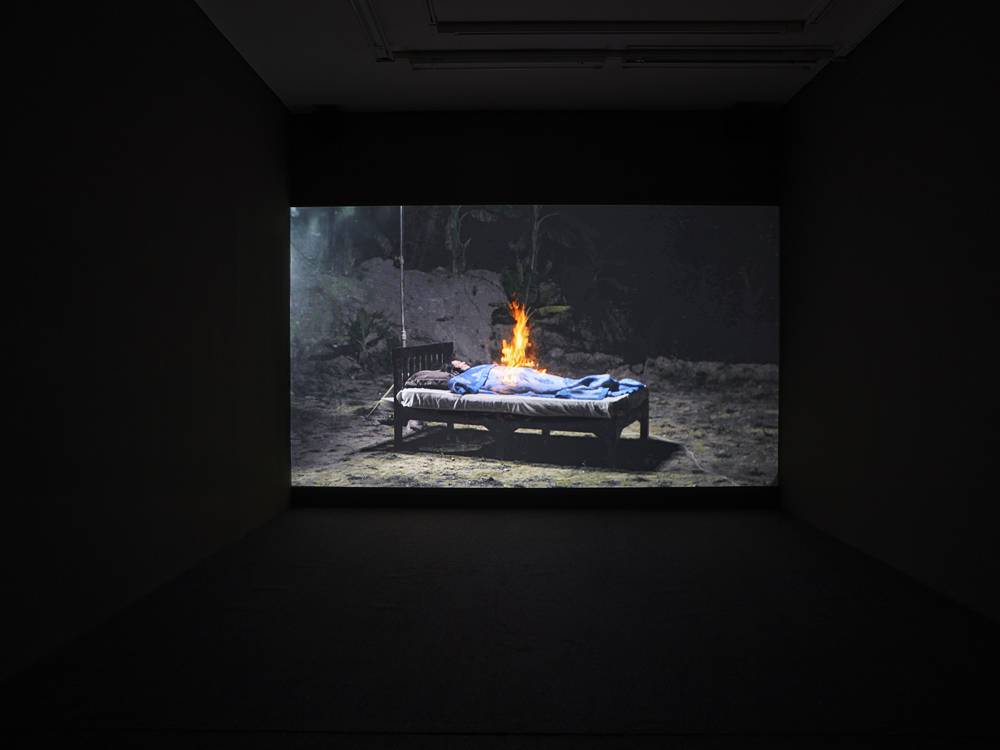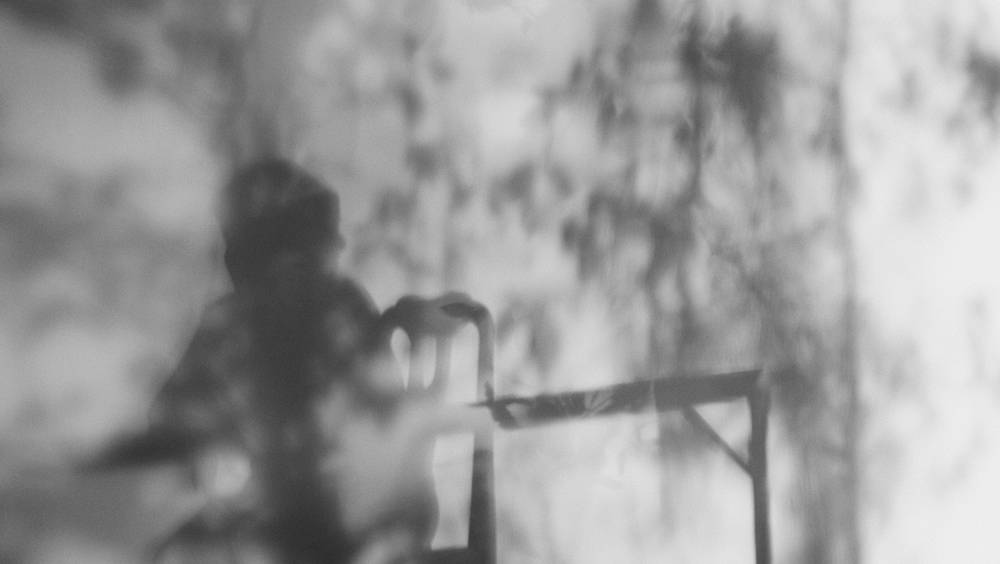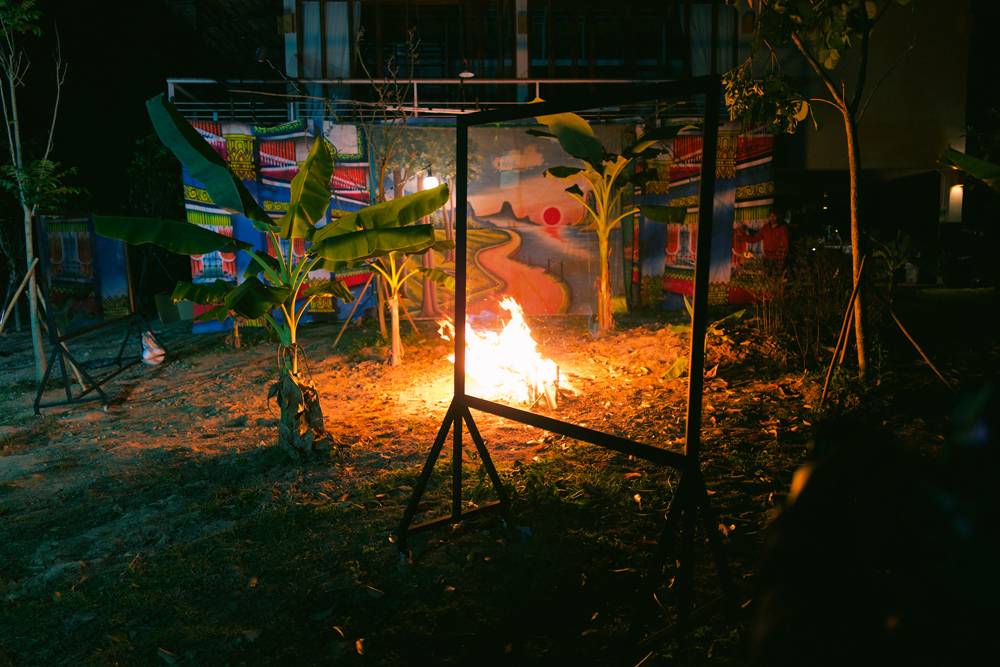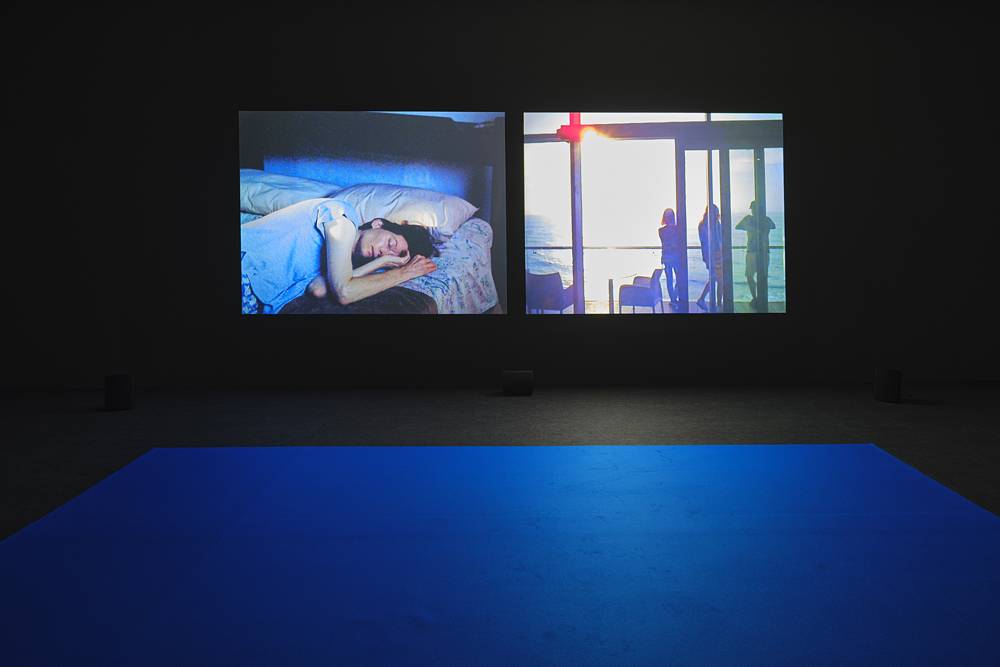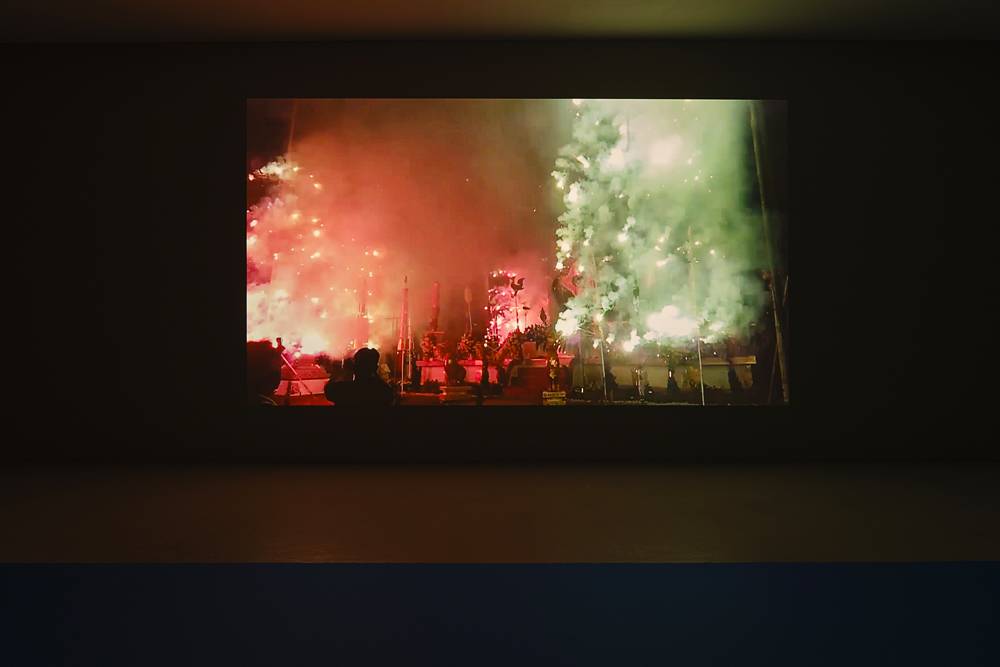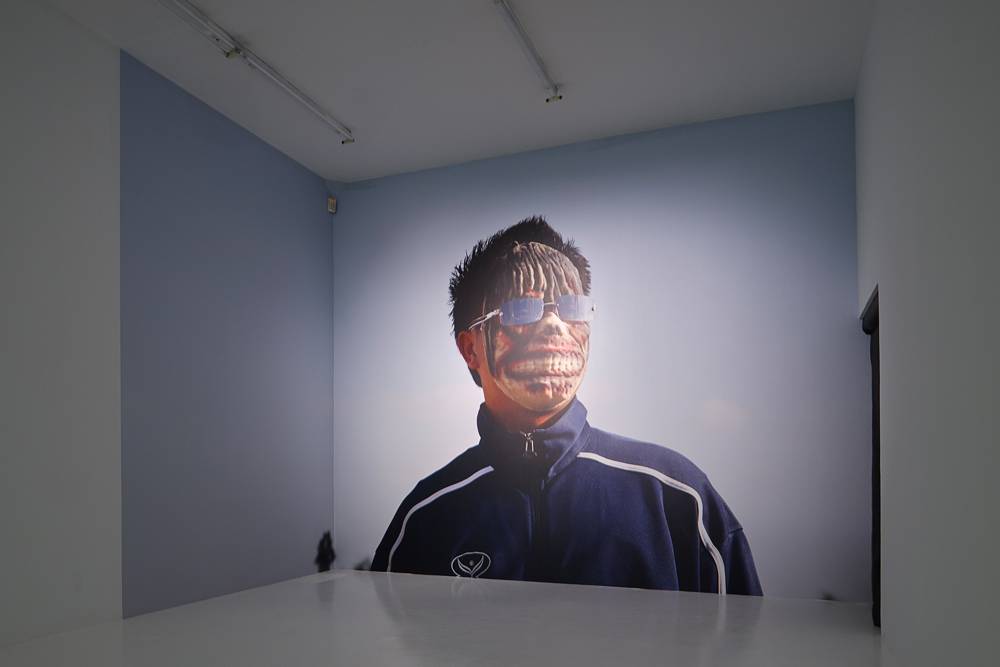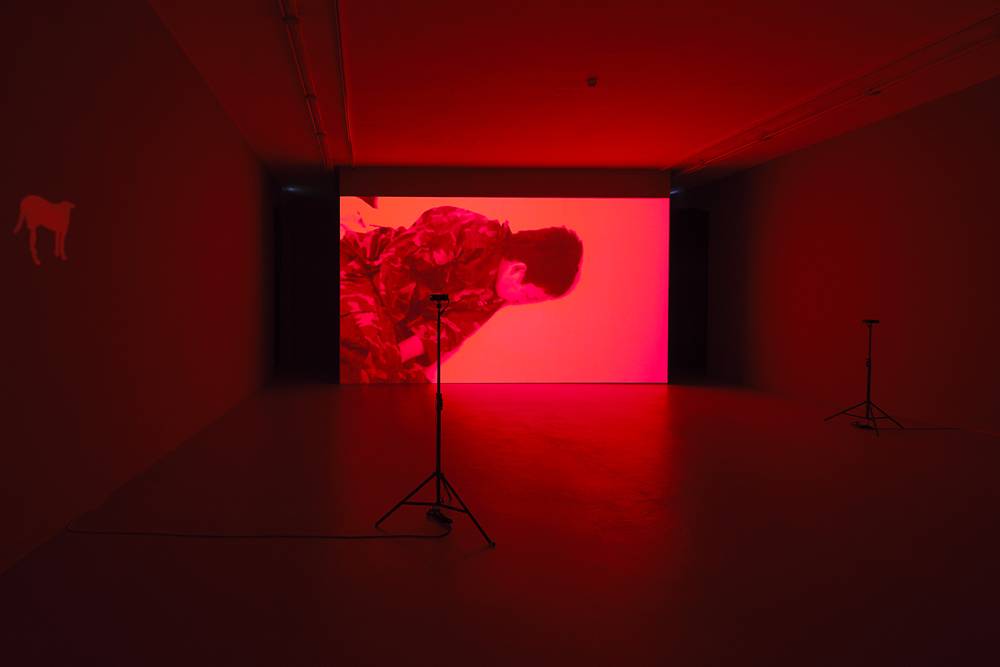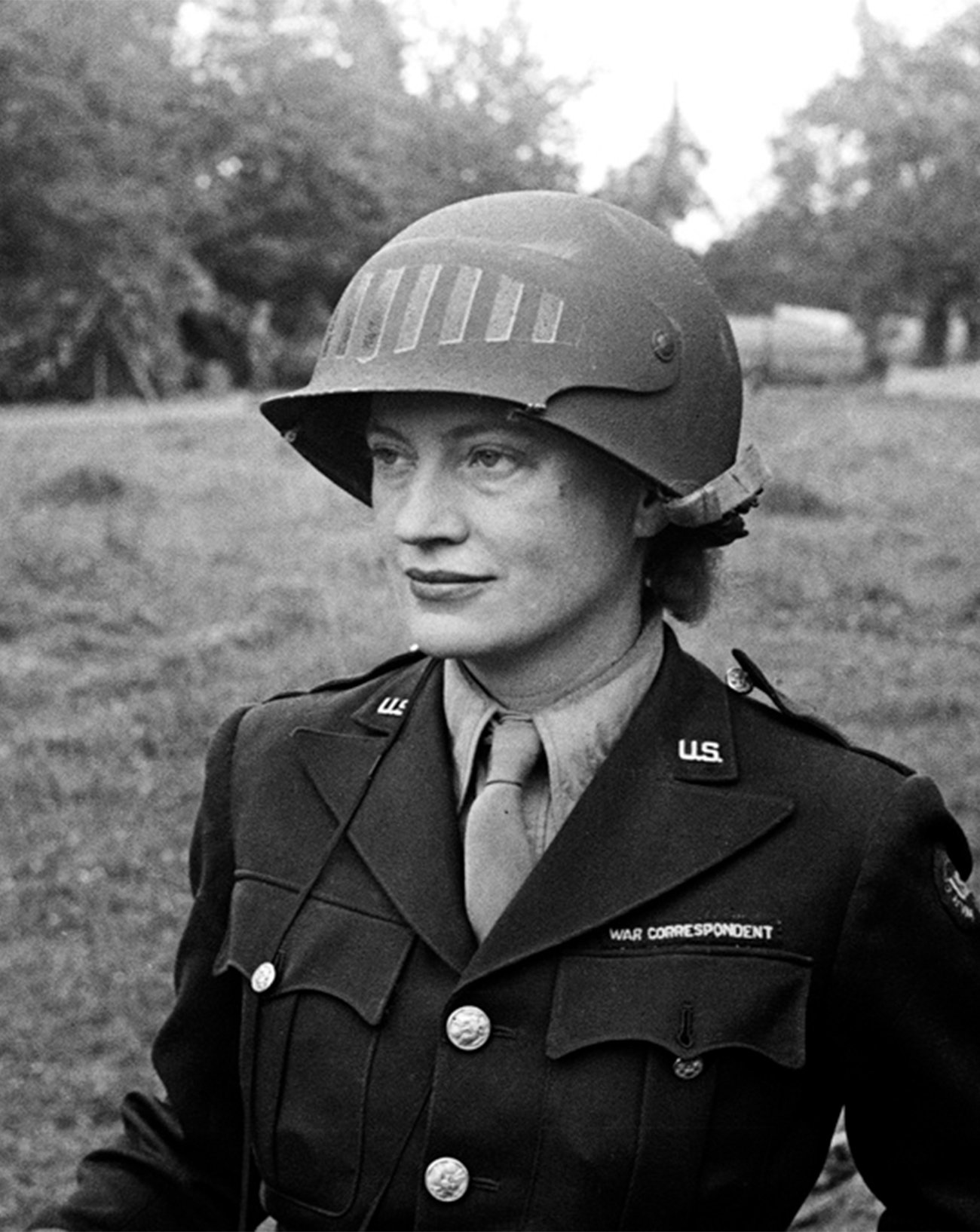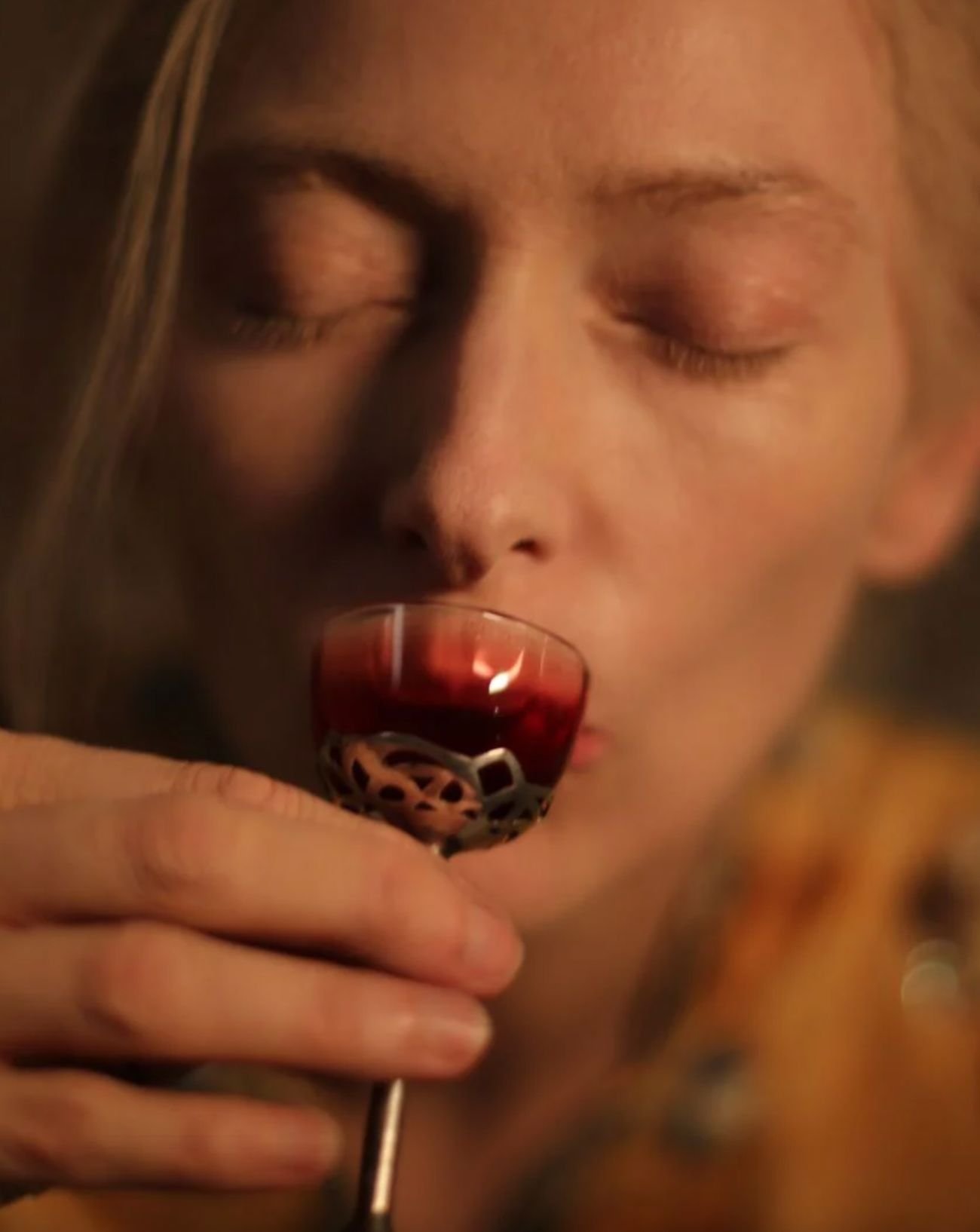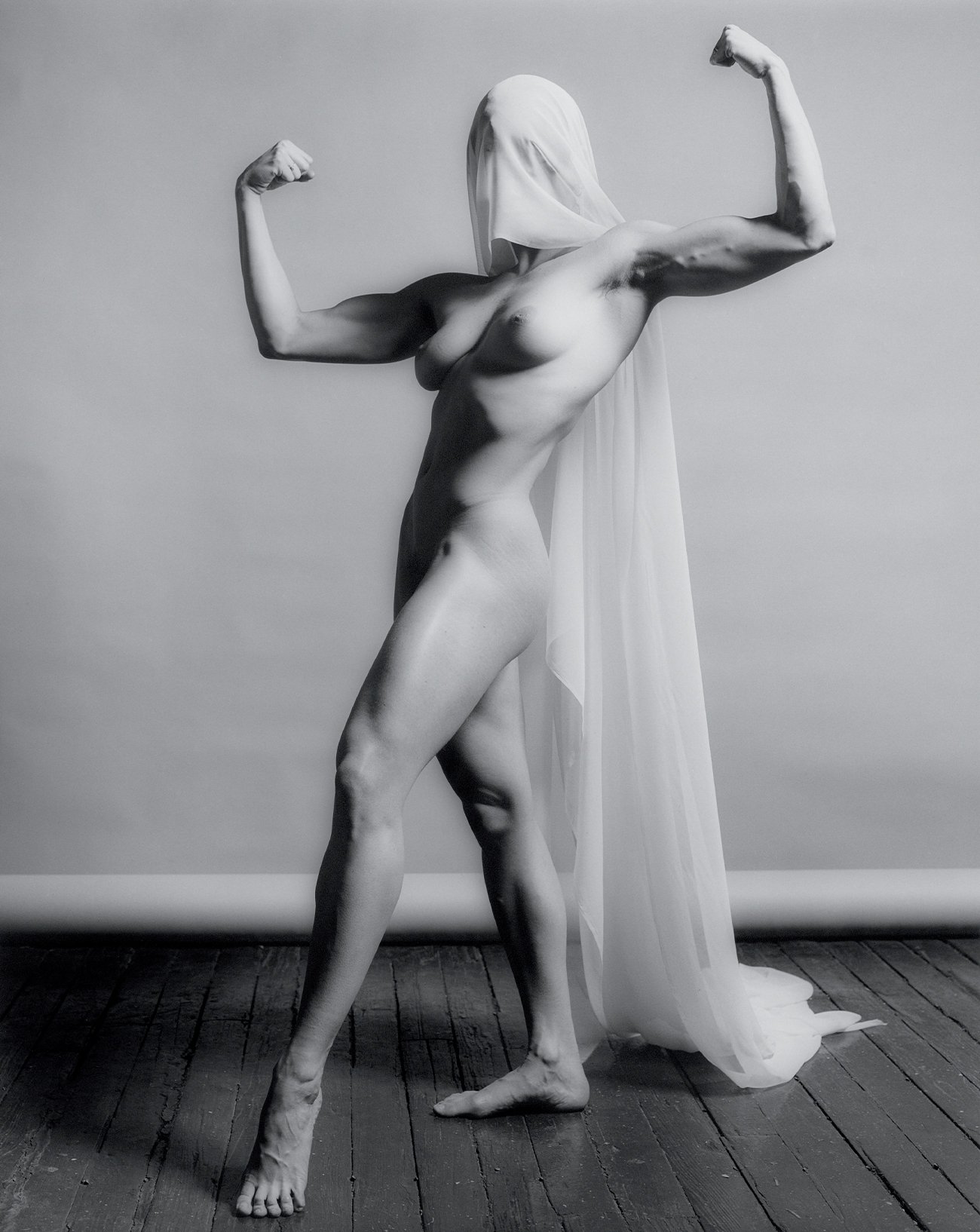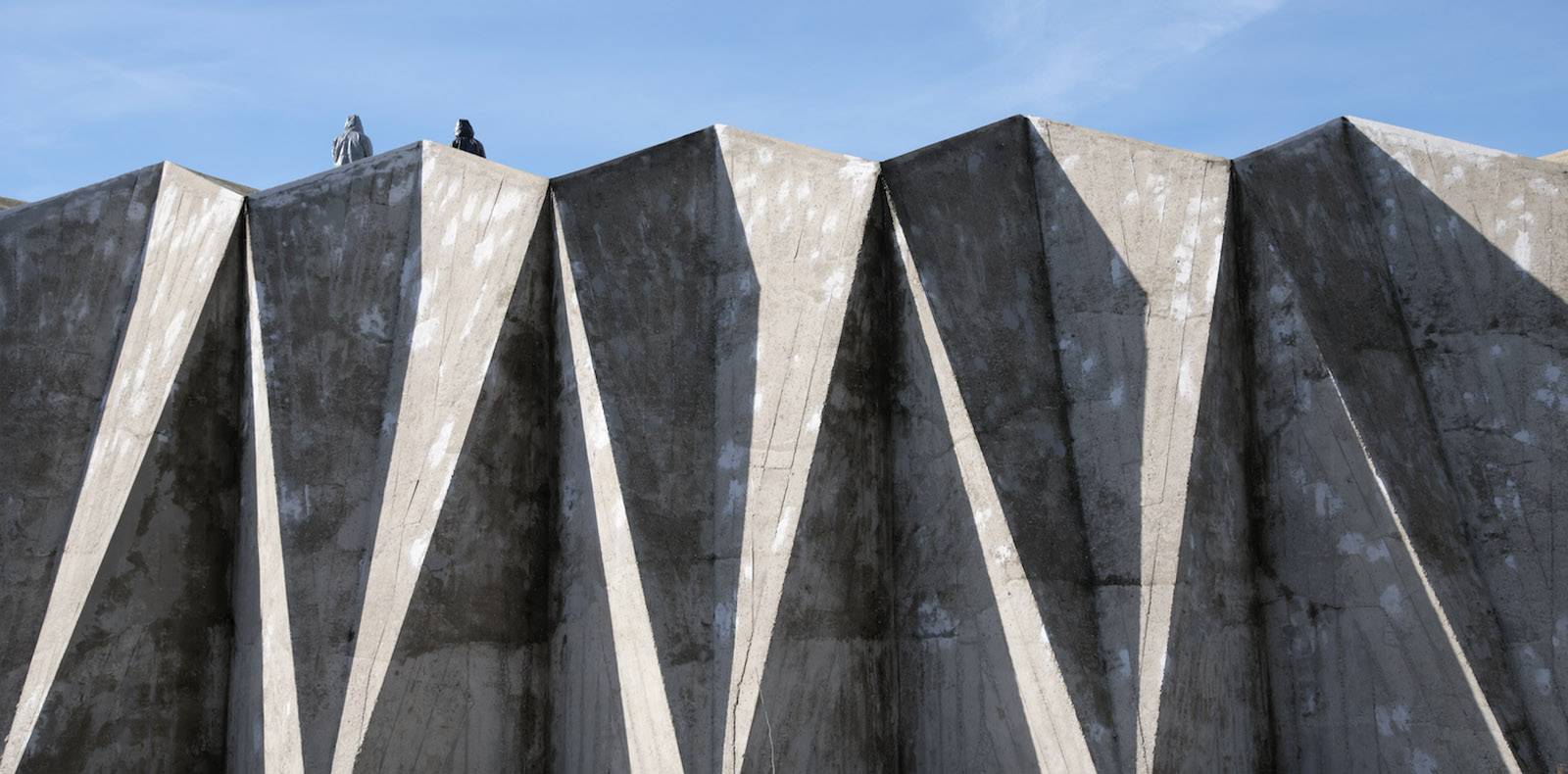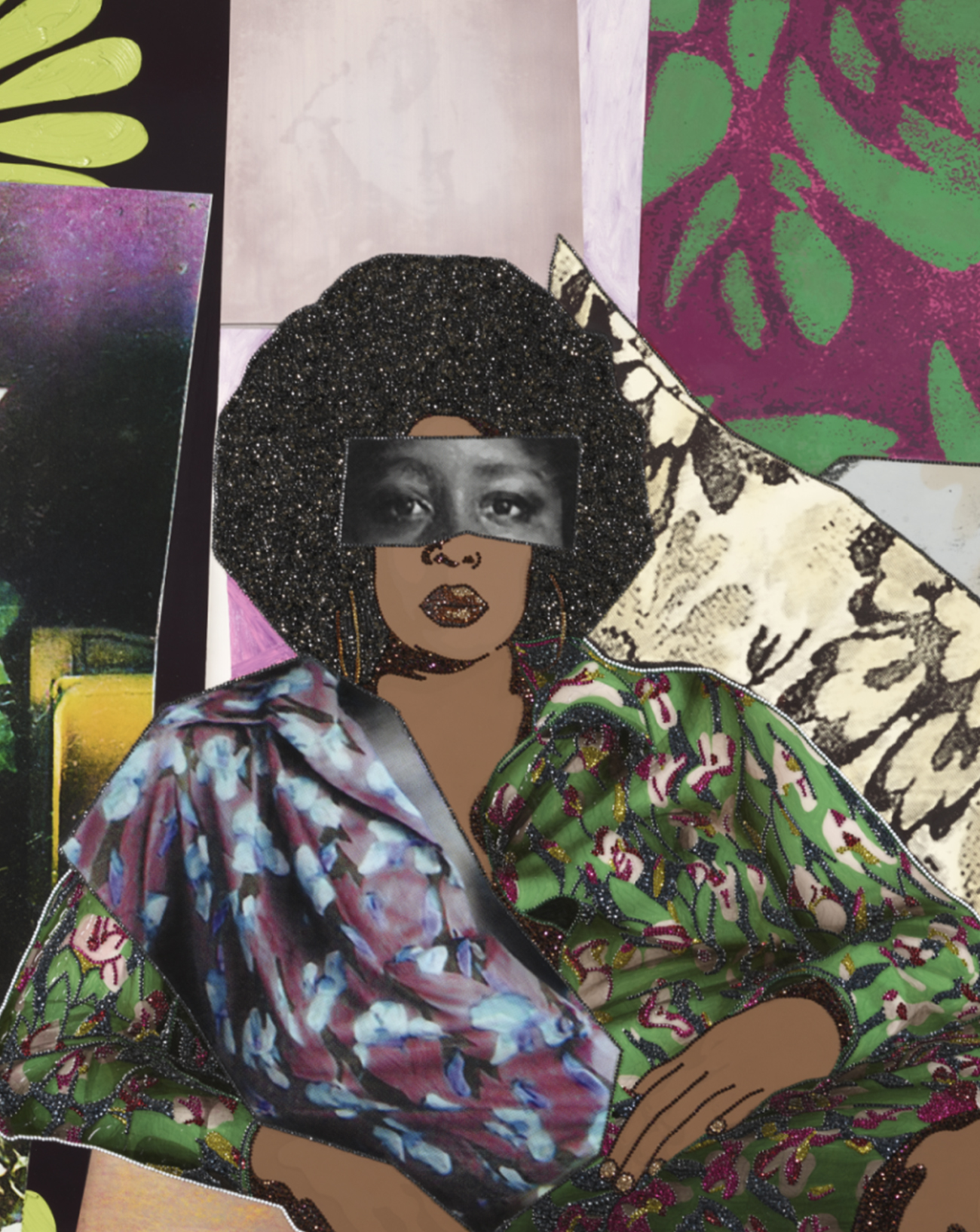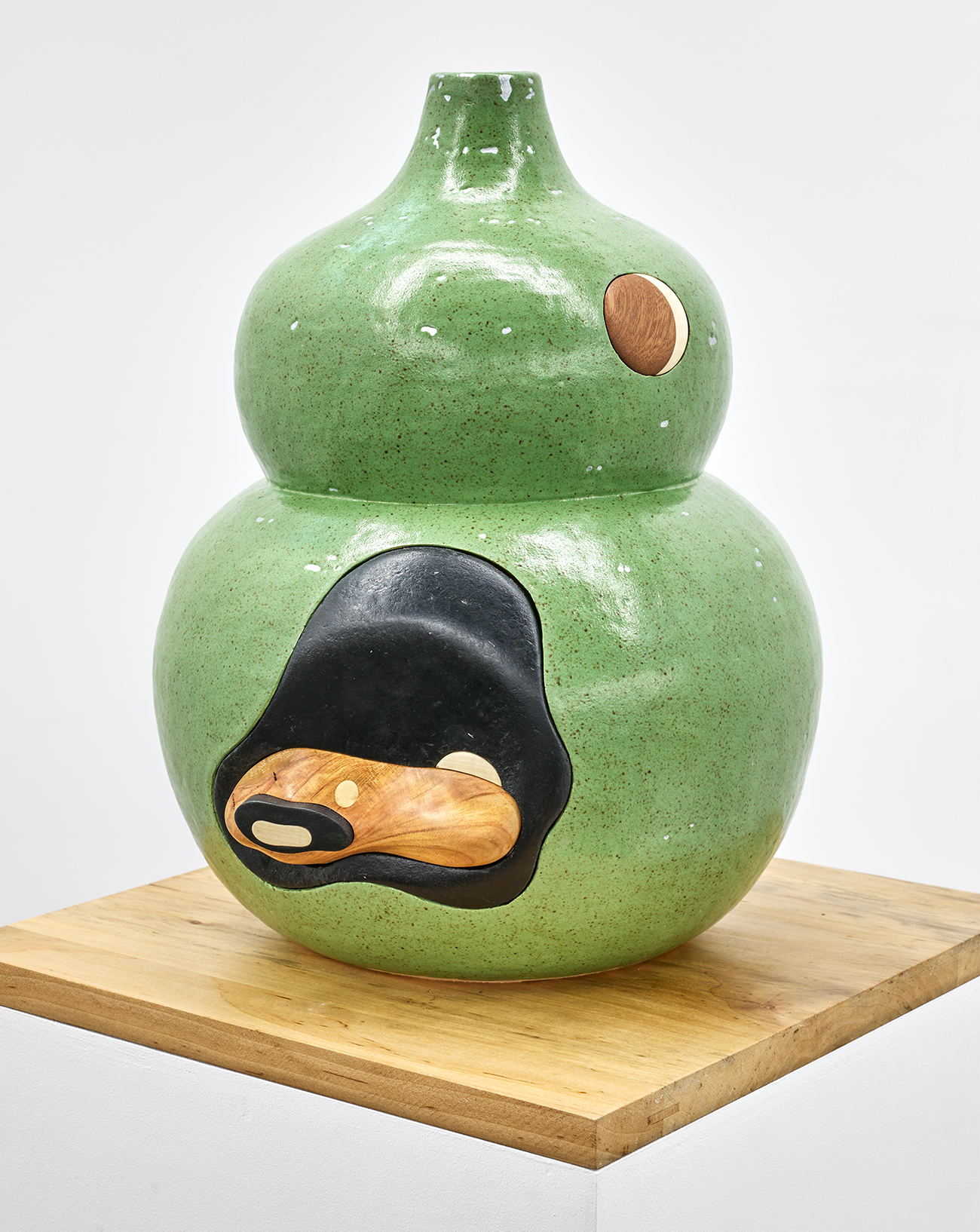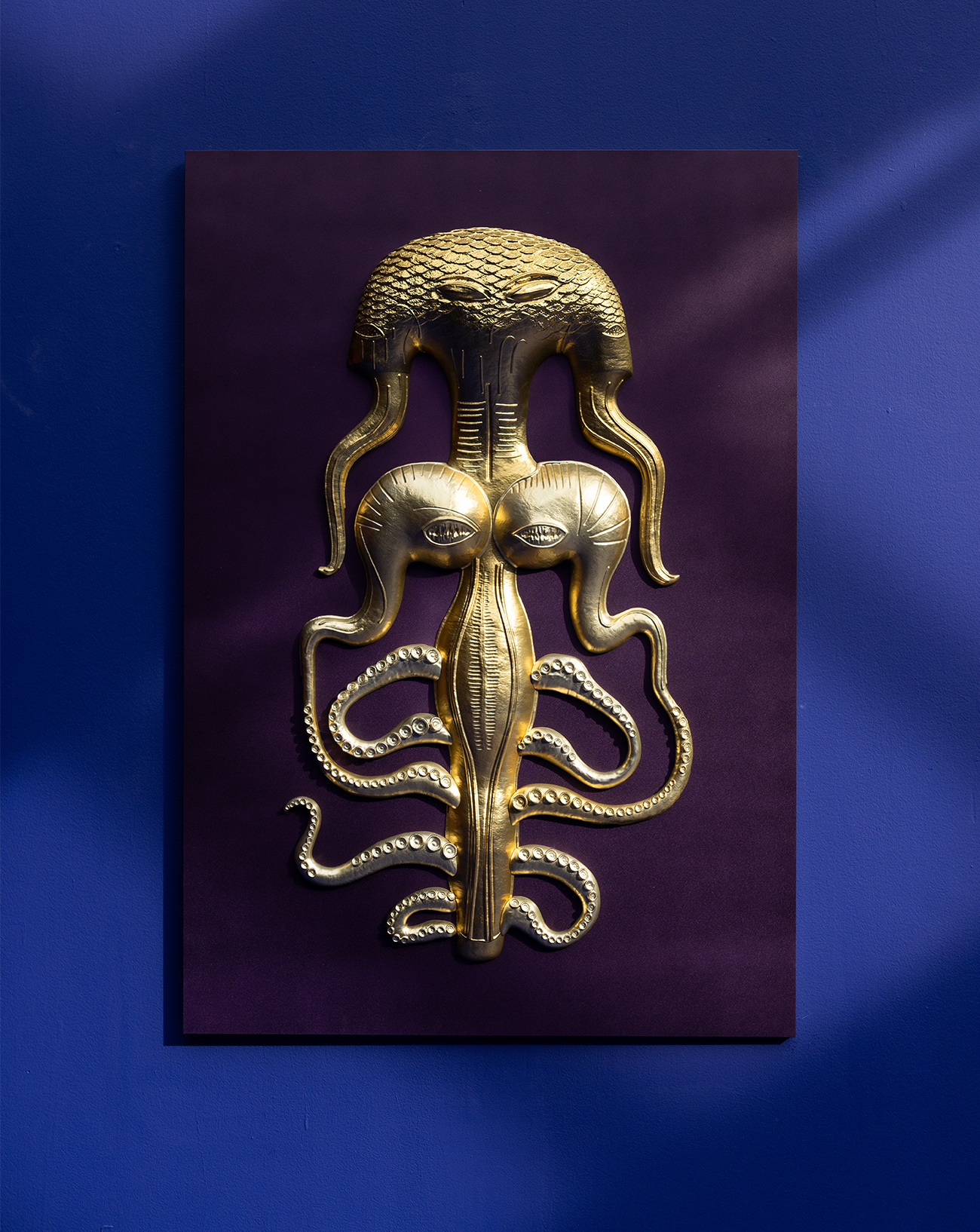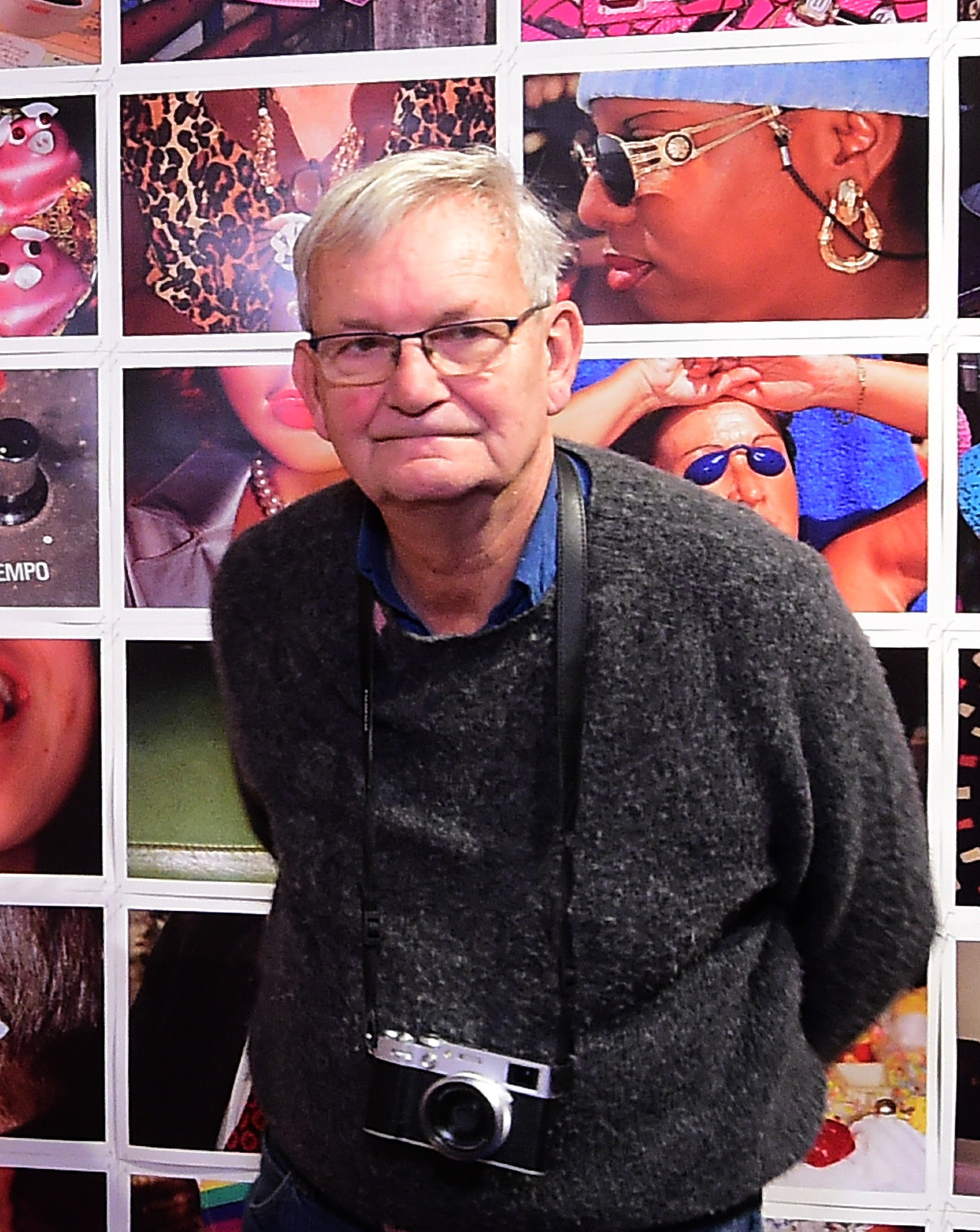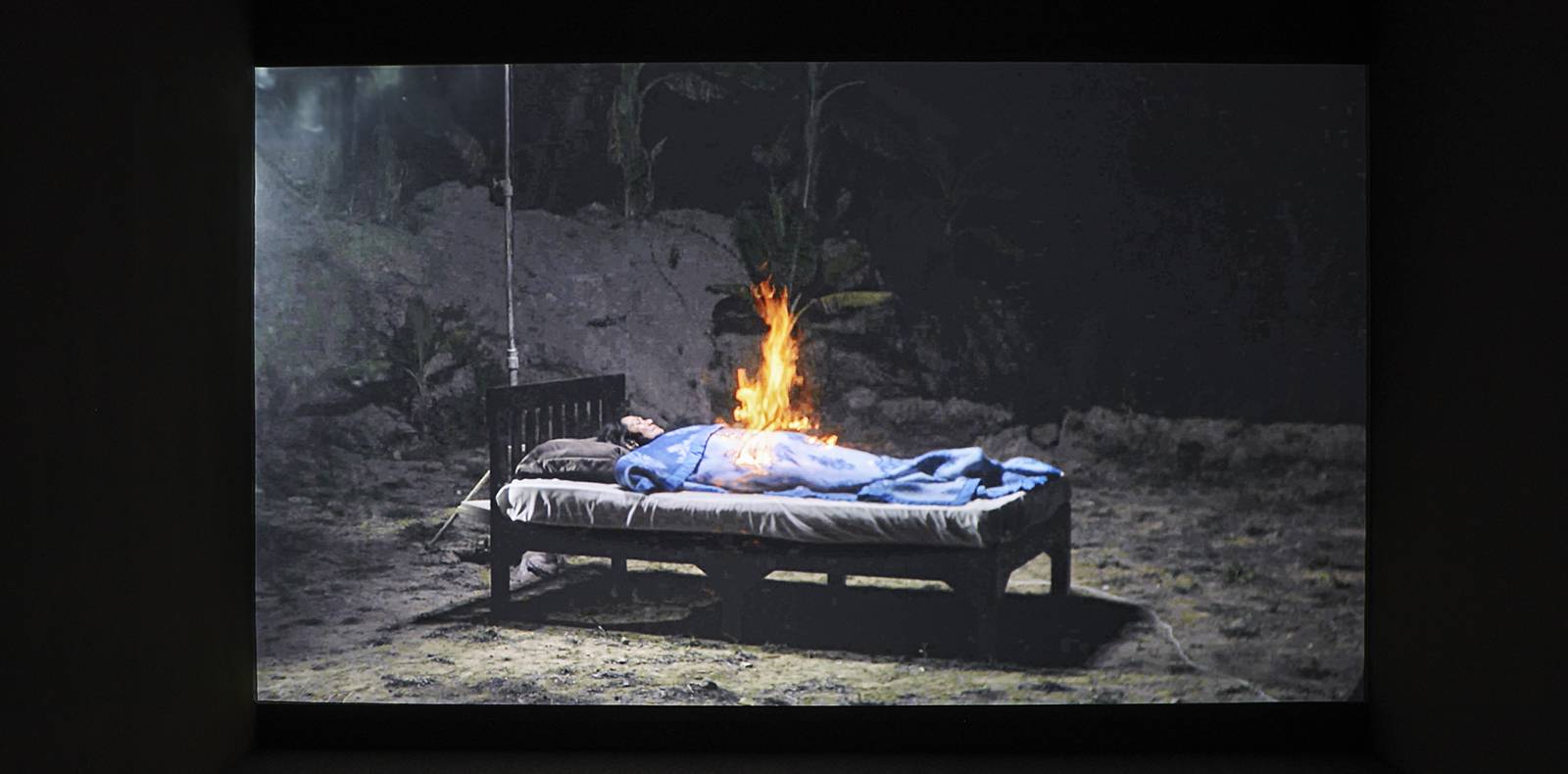
25
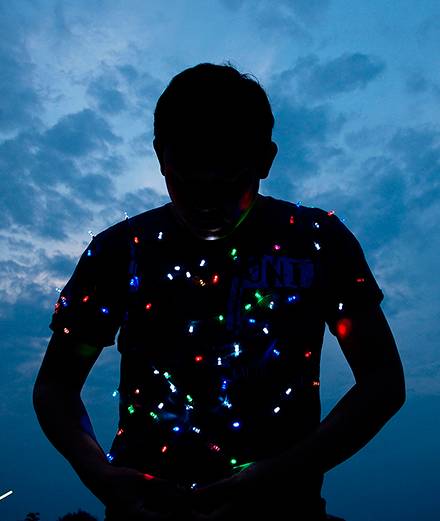
25
Apichatpong Weerasethakul makes ghosts dance in Villeurbanne
While his eighth feature film Memoria, after winning over the jury at the last Cannes Film Festival, is soon to be released in cinemas, Apichatpong Weerasethakul is the subject of a remarkable exhibition at the IAC in Villeurbanne until 28 November. Far from an exhaustive filmography, this one immerses us in the rich and poetic universe of the Thai filmmaker through numerous videos and short films never unveiled, populated by reassuring shadows, divine animals and dazzling stars… between sleep and wakefulness.
Published on 25 October 2021. Updated on 10 March 2025.
A film retrospective, a screening session or an immersive exhibition? It’s hard to know what you’ll discover when you walk through the door of Apichatpong Weerasethakul’s exhibition at the IAC in Villeurbanne. The huge image that will adorn the façade of the art center until the end of autumn could give a first clue: with his back to a twilight blue sky, the backlit silhouette of a young man is lit up by the colorful garlands he wears on his chest. In the same way that this individual seems to reveal, like a celestial vault dotted with stars, the richness of the world that resides within him, the Thai filmmaker invites the audience to explore the many corners of his own imagination. Known and celebrated for three decades for his feature films such as Blissfully Yours, Tropical Malady or Uncle Boonmee, the one who remembers his previous lives (Palme d’Or in 2010), the fifty-year-old has chosen to take the opposite view of expectations by presenting many creations that have remained in the shadows until now. Photographs, installations and experimental videos – sometimes of very short duration – make up a stroll through his contemplative visual poetry, nourished as much by the political and spiritualist memory of his country (in which his projects are almost always shot) as by the relationship between humans and nature, love, illness and death. Here, we will come across fleeting animals, shooting shadows, fireballs, and above all many drowsy faces and languid bodies that – as the title of the event indicates – populate the “periphery of the night”.
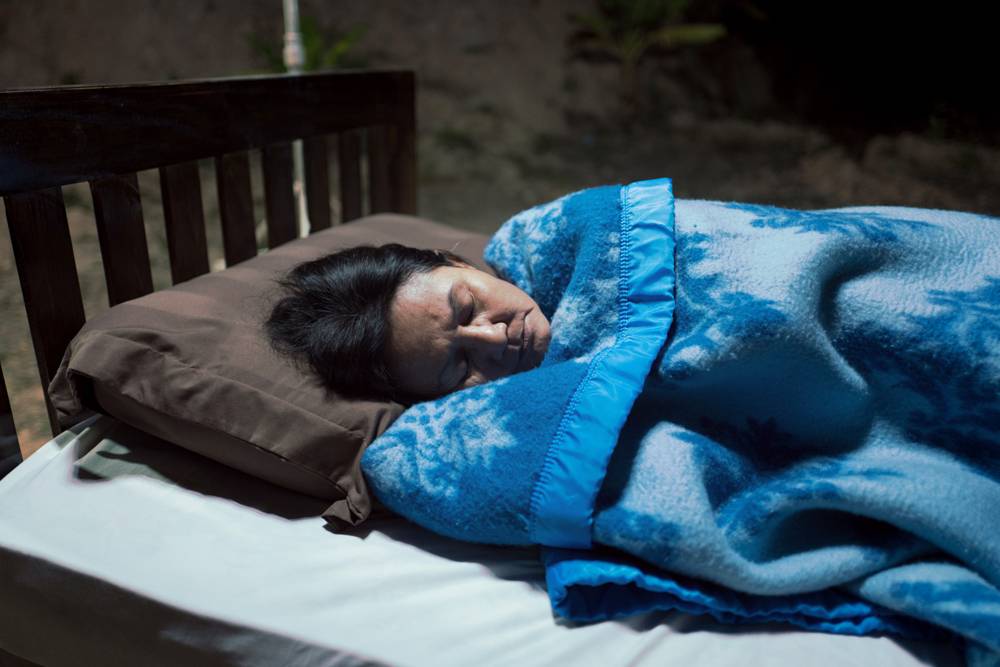
Curled up in a corner of the glowing wall, the first filmed protagonists of the exhibition fall asleep with their backs to the visitor : bathed in this blazing light, these teenagers from the Thai village of Nabua, on the border with Laos, carry within them the memory of a region crossed by conflicts between the government and the population and protect in a fictitious shelter. Their drowsiness is matched by the insomnia of an older woman a few rooms away. In the heart of the jungle, surrounded by trompe-l’oeil drapes and tropical plants, her bed becomes the hearth of her doubts and her loneliness, little by little burned by a flame that she welcomes with serenity. Like a sandman, Apichatpong Weerasethakul controls sleep, wakefulness and their in-between moments, conducive to deep reflection, making the night the real backdrop of his exhibition. For the living, it is the cradle of creativity, dreaming and struggle: in the film Ashes (2012), the fleeting spectacle of exploding electricity poles and moving individuals during a demonstration reflects the simultaneous energy of celebration and revolt. But it is also the silent realm of the dead, whose spirits awaken and revive the places once trodden by their footsteps. Filmed at night by the filmmaker, a park of stone sculptures reveals the silhouettes of howling dogs and the faces of grimacing skeletons, until then motionless and invisible in the half-light.

In a room of the art center, the silhouettes of a soldier and a woman in the hospital respond to each other in a diptych like Chinese shadows. In another, the hand filling the pages of a notebook and the neon lights assailed by moths appear on a suspended screen, whose video projector broadcasts the image to the ground. Sometimes the body of the spectator passing in front of the light mixes with those of these invisible actors, sometimes it in turn becomes a projection medium. Apichatpong Weerasethakul takes up an ambitious challenge here: to continue to captivate his audience by moving from cinemas to exhibition halls. Prolific, the filmmaker succeeds in this tour de force by playing with media – slides, circular screens, double screens, small and large formats – and by preferring to exhibit, rather than his feature films, experiments and very short films to immerse his moving audience. You will have to reach the halfway point of the tour to discover, in one of his videos, a mise en abyme of cinema itself. At the bottom of a garden in the middle of the night, a film has just been shown on a white screen, which a group of young men end up destroying little by little by kicking a flaming football. Reality or fiction? It doesn’t matter: the image is consumed in front of the public’s eyes to make way for life.
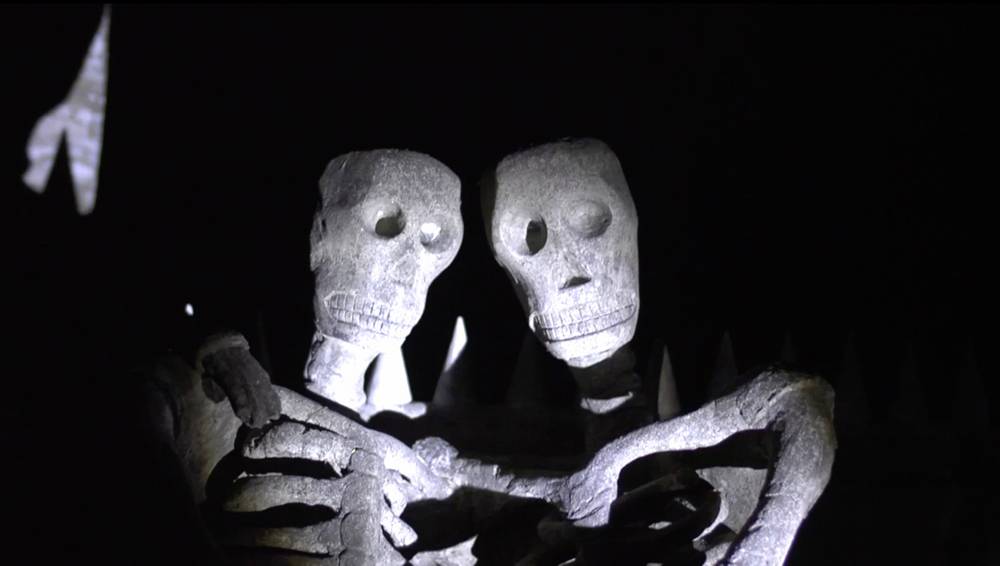
If Apichatpong Weerasethakul makes the ghosts speak, those that the Thai filmmaker summons throughout the exhibition are not threatening. Misty, dazzling or incandescent, they intervene as reassuring presences, encouraging us to move as in a waking dream: evanescent red dogs projected on the walls indicate the way, the head of a monkey frozen in stone reassures with its divine aura, while the deceased change into stars to extinguish the fear of darkness. To a contemporary cinema that is often talkative, the artist opposes a silent exhibition populated by these evanescent presences, where silence and the sensory triumph. Unveiled this summer in Cannes, her new feature film Memoria is evoked by a new diptych in which Tilda Swinton, her lead, also seems ghostly, lying on a bed in a bluish atmosphere. Immobile and insomniac, the filmmaker’s favourite actress sees the sun rise while views of a city at dawn or of drowsy individuals follow one another to her right, like the images that pass through her mind worked by the search for a mysterious memory. Finally, as a matter of course, the exhibition lowers its curtain as close as possible to the sleeping face of Apichatpong’s former lover Weerasethakul, multiplied tenfold on three vertical screens. Then, the persistent darkness of the previous films gives way to the luminous imprint of a fallen love, seized at dawn by the intimate lens of a smartphone. Without a word, the artist manages to convince: cinema is indeed a way to capture one’s own ghosts. After all, this long night may well have, in turn, turned the viewer into a spectre.
Apichatpong Weerasethakul, “Periphery of the Night”, until November 28 at the IAC, Villeurbanne.
